25 November 2024
Introducing toddlers to bike riding is one of the many joys of parenthood. Not only is it a fun way to get them moving, but it’s also a great way to teach essential skills like balance, coordination, and even a bit of independence. But let’s be real—getting those tiny feet onto two wheels takes work, patience, and just the right techniques. So how do you start? What type of bike should you choose? And, more importantly, how can you make sure your toddler enjoys the ride while learning important motor skills? Don’t worry! We've got you covered.
In this article, we’ll dive deep into how you can teach your little one to balance, gain coordination, and eventually master the art of bike riding. Let’s pedal through these tips and tricks together!
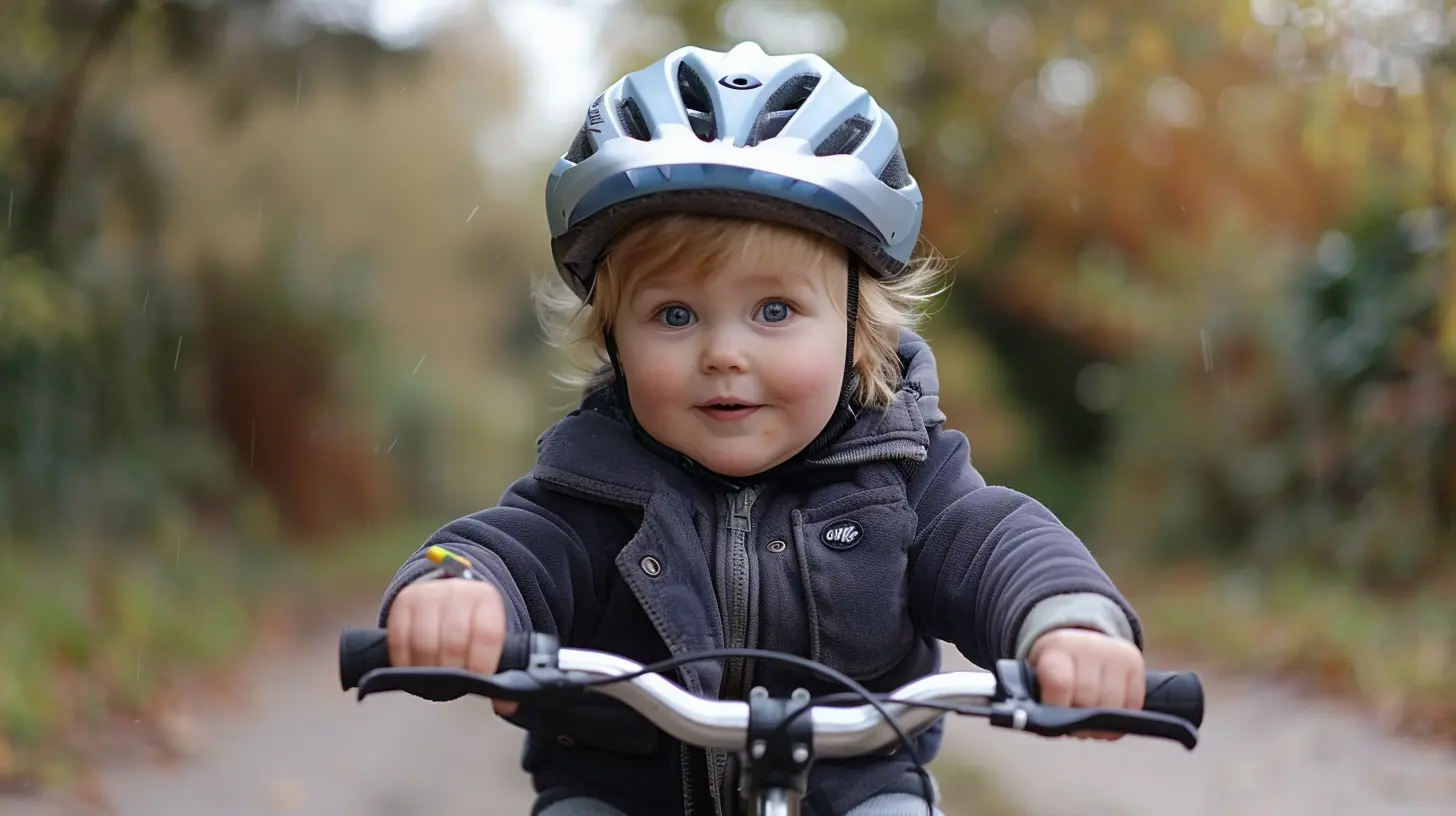
Why Balance and Coordination Matter
Before jumping into the nitty-gritty of bike riding lessons, let’s take a moment to understand why balance and coordination are foundational skills for your little one.Balance is the ability to maintain stability and control over our body, especially when shifting positions or encountering uneven surfaces (think: staying upright on a bike).
Coordination complements balance by allowing the body to smoothly and efficiently move different parts together in sync. Without coordination, pedaling while steering—let alone avoiding obstacles—would be nearly impossible.
These two skills don’t just come in handy for biking. They’re critical for all physical activities, from running and jumping to everyday actions like walking up the stairs. By teaching your toddler how to improve their balance and coordination through biking, you're essentially laying the groundwork for a more active, confident, and healthy lifestyle.
The Best Time to Start
You might be wondering, "When is the right time for my toddler to start learning?" The good news is, there’s no hard-and-fast rule. However, most kids start showing interest in bikes anywhere between 18 months and 2 years. At this age, they’re typically ready to explore the world in more independent ways.Keep in mind, biking at this early stage isn’t necessarily about speed or distance—it’s about developing an understanding of balance and coordination. Take it slow and let your toddler lead the way.
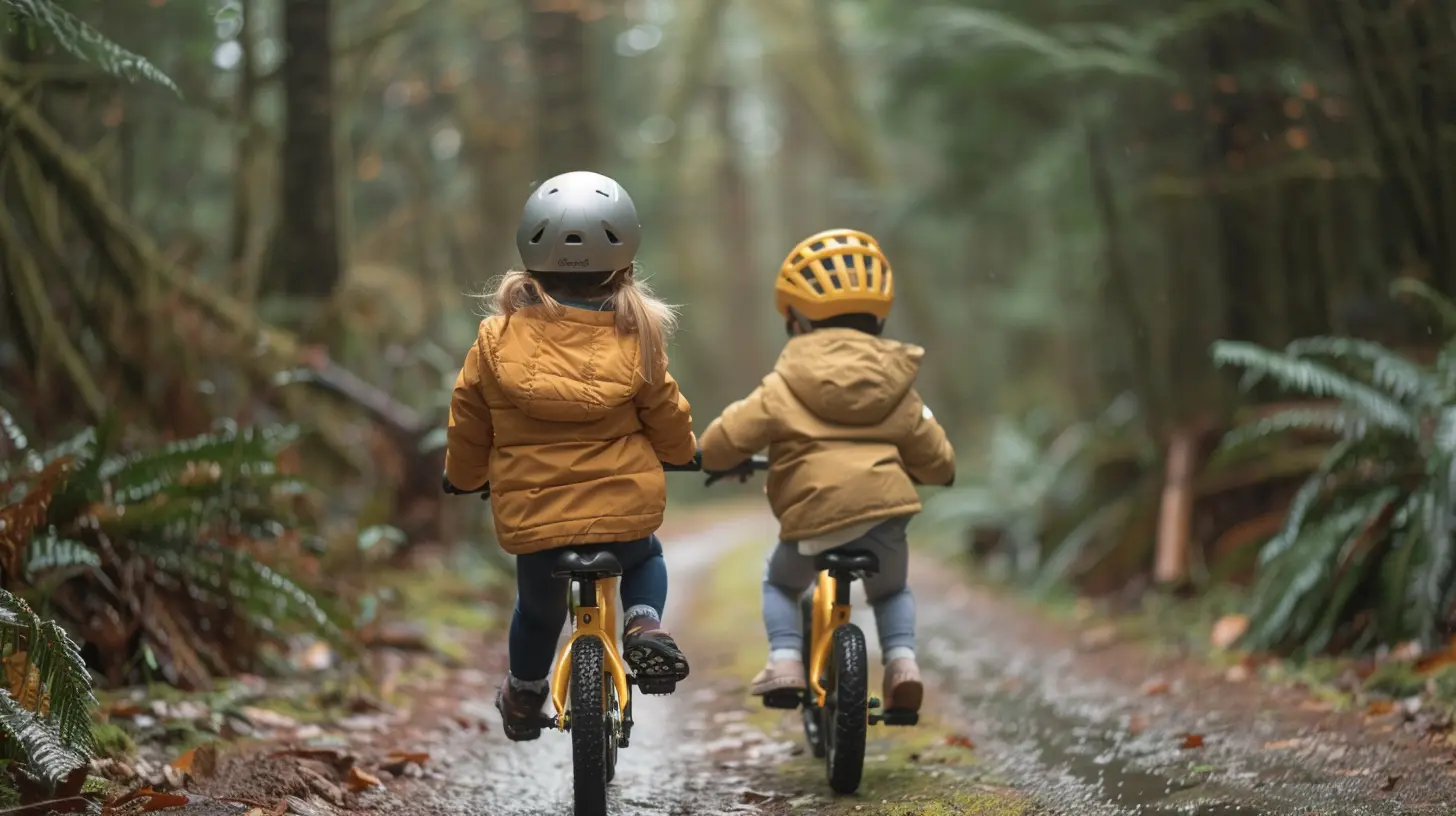
Choosing the Right Bike
There’s no one-size-fits-all when it comes to toddler bikes. The options are plenty, but they all serve different purposes. Here’s a quick breakdown:Balance Bikes
A balance bike (also known as a "run bike" or "push bike") is a fantastic starting point for toddlers. These bikes have no pedals, and their primary purpose is to help your child learn how to balance before they even think about pedaling.Essentially, the child uses their feet to push themselves along while sitting on the seat. Because their feet are in contact with the ground, they feel secure and in control. Over time, they'll start lifting their feet up, relying more on their balance, and will eventually glide along without needing constant ground support.
Why it works: It removes the complication of pedaling, which is often the most challenging part of learning to ride. Instead, it focuses on balance, which is the core skill needed to ride a bike successfully.
Tricycles
Many parents think of tricycles as the go-to starter bike. While they’re fun and offer stability (due to the three wheels), they don’t teach balance. Tricycles are great for building confidence, learning to steer, and getting comfortable with sitting on a bike. However, don’t rely on them to teach balancing skills.Tip: You can use a tricycle as a first step if your toddler isn’t quite ready for a balance bike. But be prepared to transition to a balance bike eventually.
Pedal Bikes with Training Wheels
Ah, training wheels. We all remember them, right? They serve as little "crutches" for kids who haven’t yet mastered balancing skills. The problem is, they don't encourage balance—they actually prevent your child from learning it effectively. As a result, kids often lean to one side or rely on the training wheels far too long, which makes transitioning to a regular bike harder later on.The verdict: If possible, skip training wheels altogether! The transition from a balance bike directly to a pedal bike is much smoother. Your toddler will already know how to balance; they just need to learn how to pedal and brake.
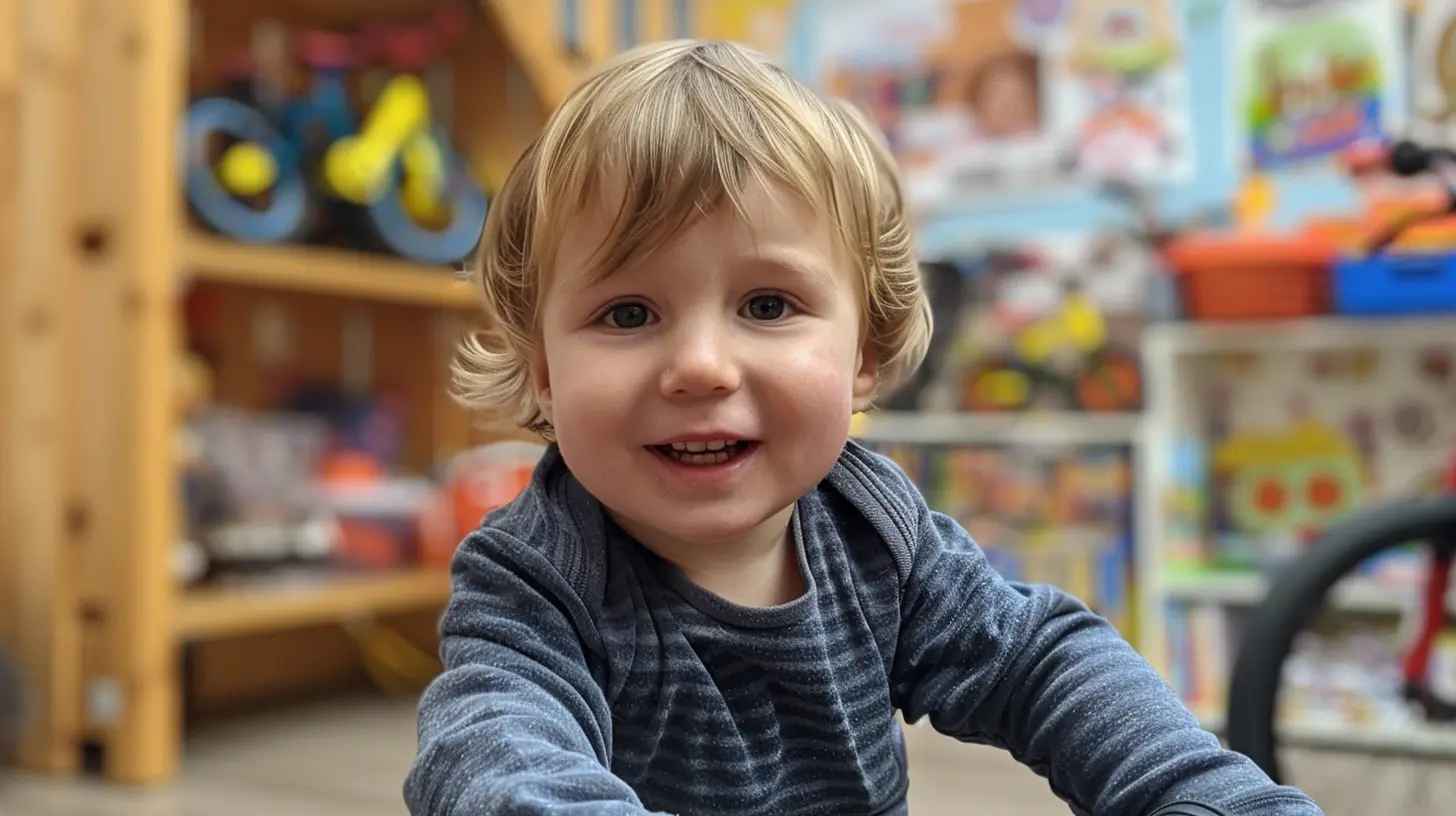
Step-By-Step Guide to Teaching Balance and Coordination
Now that we’ve picked the right bike, let’s get into some practical steps to teach your toddler how to balance and coordinate.Step 1: Get Comfortable with the Bike
Before even worrying about balance, let your toddler get familiar with their new bike. Let them sit on it, push it with their feet, and explore at their own pace. This way, they’ll feel confident and in control from the get-go.Consider starting indoors or in a small enclosed area, so your toddler can move around safely with fewer distractions or hazards.
Step 2: Start with Short Glides
Once they’re comfortable, encourage your child to push off with both feet and lift them slightly off the ground. Start with short distances, and as their confidence grows, they’ll naturally start gliding further.This is the crucial stage where balance starts to develop. Celebrate every little success, even if it’s just a short glide across the yard. Remember, patience is key!
Step 3: Practice Steering and Braking
Once your toddler masters short glides and feels comfortable balancing without their feet touching the ground, it’s time to introduce steering and braking.Encourage your child to make gentle turns while gliding, using their body to lean into the turns. Start with gradual curves before attempting sharper bends. Make sure they also understand how to stop by using their feet or by a hand brake if the bike has one. You don’t want them zooming down the sidewalk with no way to stop!
Step 4: Transition to Pedaling
Once balance is no longer a concern, it’s time to introduce pedaling. If you're transitioning from a balance bike to a pedal bike, make sure it's a light, easy-to-handle bike with a simple braking mechanism (coaster brakes are ideal at this stage).Start slow, with your child on flat terrain. Encourage them to pedal gently while keeping the bike balanced. This might be the trickiest part, as they’ll need to put everything together (pedaling, balancing, steering, and braking) at once!
Pro tip: Some parents find it helpful to hold their child lightly from behind (or under the arms) for those first few pedal strokes. That extra bit of security can give your toddler the confidence they need.
Step 5: Practice, Patience, and Positive Reinforcement
The key to success is practice and lots of it! But don’t push your toddler or rush the process. Every child learns at their own pace. What might take a few days for one child could take weeks for another. That’s completely okay!Try to make practice sessions short and fun. The aim is for your little one to enjoy themselves while improving their balance and coordination. Head to the park, ride around the neighborhood, or simply circle the backyard. Make it a joyful experience full of praise and encouragement.
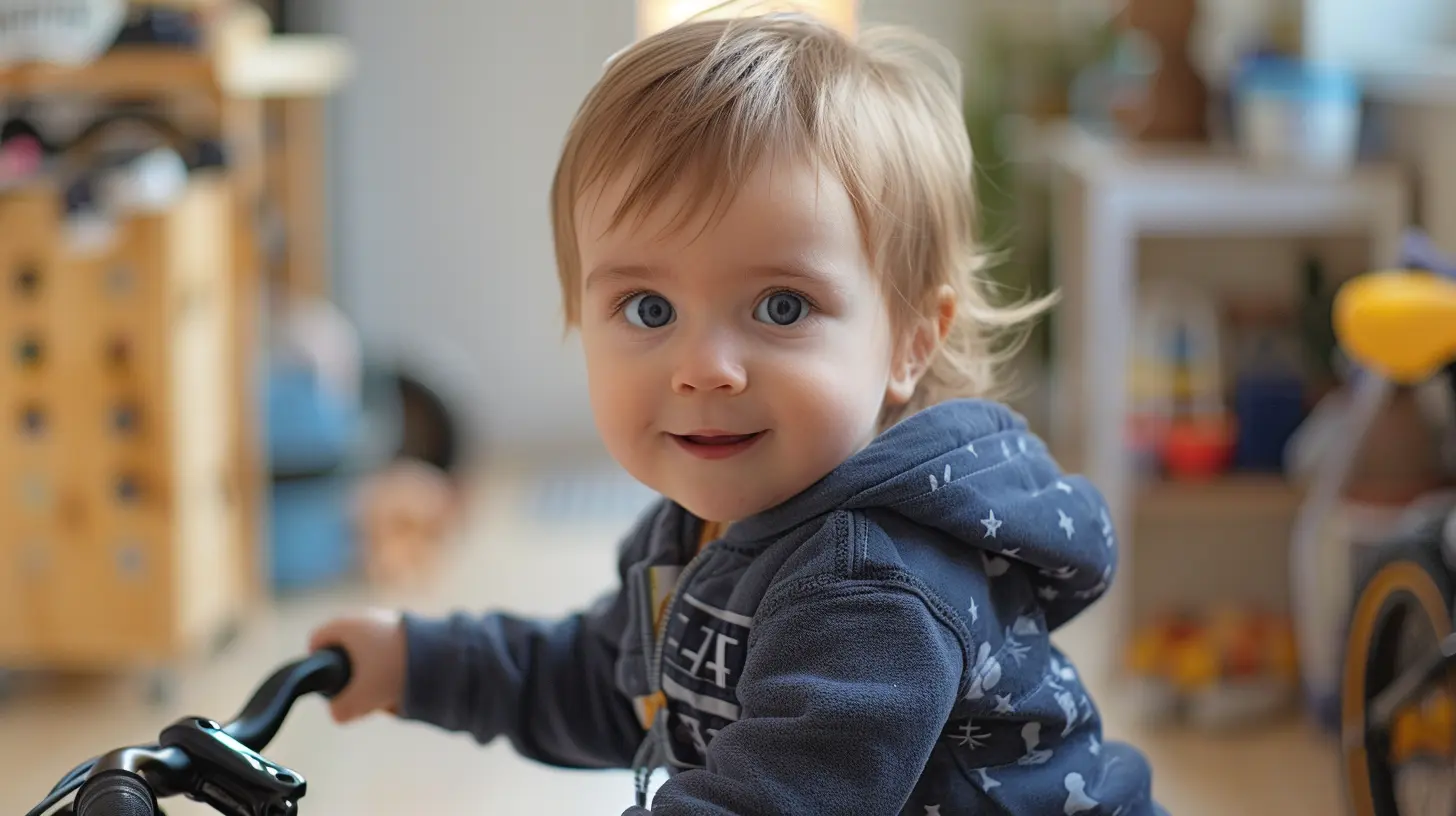
Other Activities That Boost Balance and Coordination
While bikes are excellent for balance and coordination, there are other activities that can further enhance these skills. Here are a few extras you can try:1. Balance Beams – A simple balance beam in the backyard or at a playground can work wonders for teaching spatial awareness and balance.
2. Hopscotch – This childhood classic enhances not only balance but also agility.
3. Jumping Games – Try mini trampoline sessions or simple jumping games in the yard. Both are fantastic for coordination and leg strength.
4. Obstacle Courses – Create an obstacle course that requires your toddler to hop, crawl, balance, and maneuver their way through different challenges.
These activities will not only help improve balance and coordination but also keep things interesting and different, making sure your toddler stays engaged.
Safety First!
Safety is always a top priority when teaching your toddler how to ride a bike. Here are a few reminders to keep things safe:- Always wear a helmet – Make it a rule! Set the example by wearing one too.
- Dress appropriately – Closed-toe shoes and comfortable clothing are essential.
- Supervise all the time – Never leave your toddler unattended while riding, especially in areas with traffic or in public spaces.
- Start on safe terrain – Stick to flat, even surfaces like sidewalks or parks for the first few rides.
Conclusion
Teaching your toddler how to balance and coordinate isn’t just about learning how to ride a bike—it’s about building confidence, promoting physical development, and encouraging independence. With patience, the right approach, and a whole lot of fun, your child will be coasting along, full of joy and pride, in no time.Get them started with a balance bike, and enjoy the journey—literally and figuratively—towards mastering this huge milestone. Before you know it, your little one will be asking to take their bike rides beyond the backyard to explore the world. Happy riding!

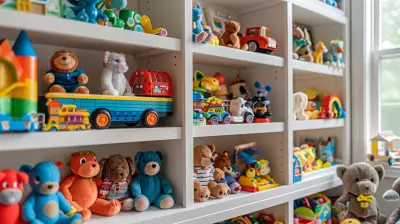

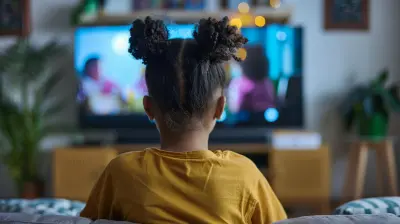
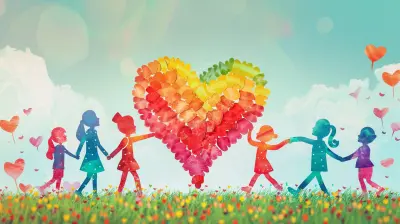

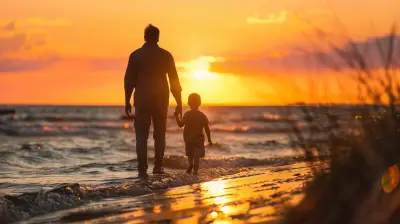




Erica Meyers
Thank you for this insightful article! It’s wonderful to see how activities like bike rides can foster balance and coordination in toddlers. I appreciate the practical tips shared, as they’ll surely help parents create enjoyable learning experiences. Looking forward to trying these strategies with my little one!
February 11, 2025 at 3:37 AM